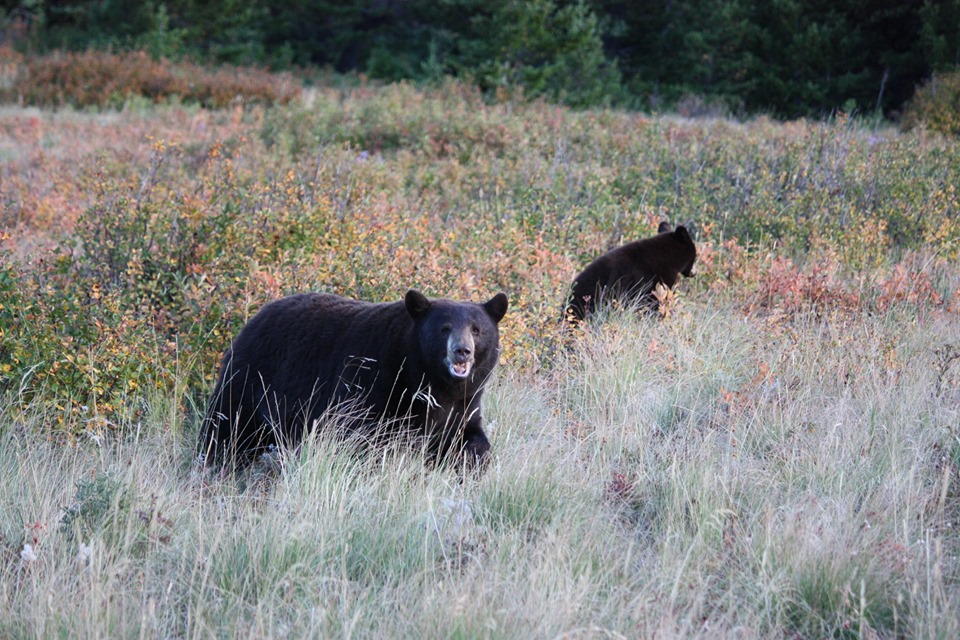Residents in bear country are being reminded to use caution this time of year as hungry black bears are now awake from hibernation.
During the spring months, bears leave their dens to search for new territory and food and will scavenge for any food left out.
When bears leave their winter homes in the early spring, they are often quite lethargic and do not roam too far from their den.
They can shed about one-third of their body weight while in their winter slumber and do not have a huge appetite right away.
At first, they may snack on some of the plants that bloom early on in the warming season.
Once their metabolism is back to normal though, the bears will likely begin to rely on garbage and scraps from camping sites and fishing areas.
Some basic guidelines for “bear-proofing” your property is to ensure garbage is well enclosed or taken directly to the dump, clean barbecues after each use and pick berries from trees and bushes as they ripen.
For your pet’s safety, ensure their food is kept indoors and while out for a walk or a hike, always keep your dog on a leash.
“Seeing bears in Saskatchewan can be very exciting; it generates a lot of excitement for the public,” Steve Dobko, a compliance and field service inspector for Saskatchewan Environment conservation officer services, says. “It’s important to remember, though, that they are wild animals, and they are dangerous, and they can be unpredictable.”
If you do encounter a bear that is a little too close for comfort, it is important not to run.
Instead, remain calm and give them a lot of space.
Speak in a low tone and avoid eye contact.
If you need to run, you can drop your jacket or pack to distract the bear.
When out in the bush an air horn or a bear bell can also come in handy so you can be heard at a distance if you are approaching an area where there may be bears.
“If there are objects nearby, like a tree or a rock, you want to use that to get between you and the bear,” Dobko says. “And the other important thing is if you see bear cubs, you have to be aware a sow is probably nearby.”
Dobko adds black bears tend to be highly intelligent and it is best practice to show respect and give the animal lots of space to move around in their natural habitat.
“If anyone finds themselves in a potentially dangerous situation with a bear in rural settings, I’d encourage you to contact the Ministry of Environment office or call the Saskatchewan 24-hour ‘Turn In Poachers Line’. If it is a dangerous situation, conservation officers will be alerted and respond to the calls as needed.”
Black bear attacks are not common in Saskatchewan and there have been less than five attacks in the last five years.
However, Dobko reminds people living in bear country that they are wild animals and can be dangerous.
(PHOTO: An adult bear and a bear cub in the bushes. Photo courtesy of Government of Saskatchewan Facebook page.)
